

Max Davies
2025 BYD Shark 6 review
23 Days Ago
The Navara isn't a huge sales success like some of its peers, but a powerful twin-turbo diesel and coil-sprung rear make for a capable off-road machine.



Contributor
New from
$26,500
excl. on-roads

Contributor
New from
$26,500
excl. on-roads


Contributor
New from
$26,500
excl. on-roads

Contributor
New from
$26,500
excl. on-roads
Quickly see how this car stacks up against its competition. Select any benchmark to see more details.
Where expert car reviews meet expert car buying – CarExpert gives you trusted advice, personalised service and real savings on your next new car.
Introduced back in 1986 as a very spartan two-door work ute, the Nissan Navara now sits as the eighth most popular 4×4 in Australia and sixth best-selling ute according to 2019 sales figures.
Using sales volume for further perspective, the Nissan Navara is placed alongside the Isuzu D-Max, whereas the now-discontinued Holden Colorado is ahead by 50 per cent, the Mitsubishi Triton is at double the volume, and both the Toyota HiLux and Ford Ranger are way out in front with over 3.5 times the sales.


It’s a brutal indication but a very clear view of where the Nissan Navara sits in an extremely competitive class, and an even tougher new car market.
On the surface the new Nissan Navara looks the part but doesn’t fully hit the mark for a modern, muscular, and well-defined off-road workhorse.
With the Ranger (and even now the Triton) bringing plenty of US-inspired truck beef to the playing field, the Navara looks a little behind and in need of a facelift – it’s been teased by Nissan recently, but there’s no firm details on when it will go on sale. The flared bonnet sides look tough, the headlight lines and look are sharp, yet the centre and lower sections of the front seem dated.

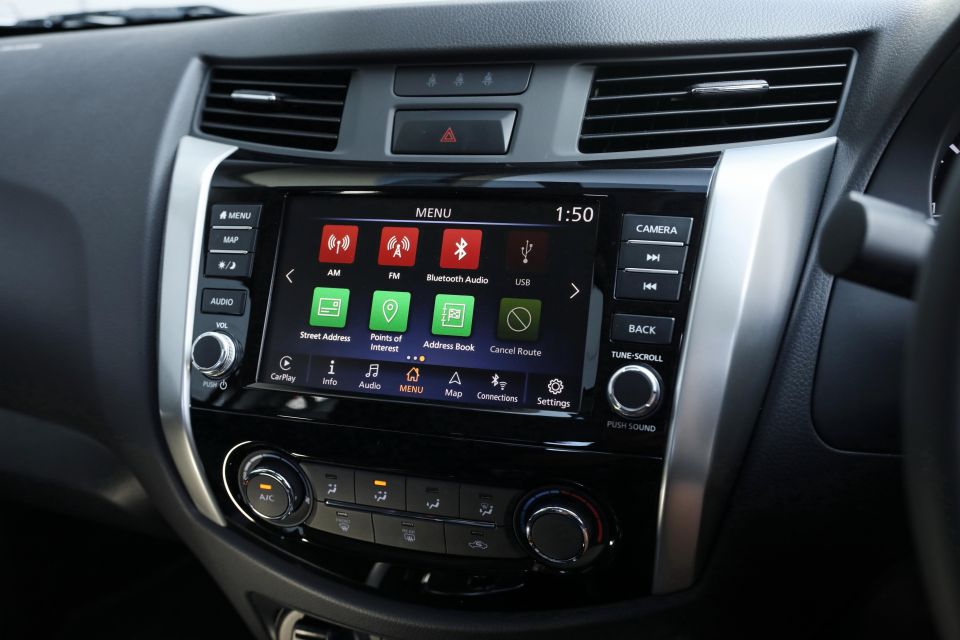
The interior shows just how far the Navara has come. It’s purposeful and well laid out. It’s not thrilling, but it is well put together, the colours are well balanced and the inclusion of a 12V power socket for dash-mounted devices is a bonus.
Plus, if you want more the ST-X brings more style and features along with optional upgrades such as heated leather seats and a sunroof.
Heading out of town, the seats are not as comfortable as some of the competitors, cabin insulation is on par, and the new infotainment system with its bigger screen is a standout feature, with a brilliant display for the reverse camera.
Overall though, it looks and feels a little ‘dated’ but let’s be real, this is supposed to be a workhorse and not a luxury vehicle.
With the Nissan Patrol held in such high regard as an extremely tough off-roader, let’s see how its little brother, the Navara, stacks up.


As you hit the dirt, the steering remains a touch heavy and lacking in feel but the rear coil suspension makes a world of difference in soaking up the bumps and corrugations.
The rear coils are also a defining factor setting the Navara apart from others in its class and, whilst there have been a number of teething issues, the current rear coil setup works well.
In theory, the coil rear should be a game changer for the Navara. The original transition from rear leaf springs to coils was hugely anticipated by the 4×4 community and it offers numerous benefits. But for a number of reasons the sales don‘t reflect that.

The 4×4 selector dial sits low on the dash much like a HiLux. Again, it won’t win any design awards but it’s easy to locate and set.
Engagement is positive and basic indicators within the instrument cluster identify which mode you are in. A clunk also indicates 4×4 engagement and, as strange as it sounds, it’s a reassuring feeling that’s commonly experienced and enjoyed by off roaders. It simply sounds and feels positive, and is mechanically reassuring.
The transfer case is simple with either ‘2H’, ‘4H’ or ‘4L’. Following the norm, 4H can be engaged on the fly, while for 4L selection the vehicle needs to be stationary and in neutral.
In 4H the pedal mapping comes on a little too quick but it soon smooths out and for most off-road situations, but it otherwise performs admirably.
Kicking down to 4L brings about two key points – firstly, the coil suspension is a winner here, providing a smoother, more compliant response to the terrain along with good wheel travel.


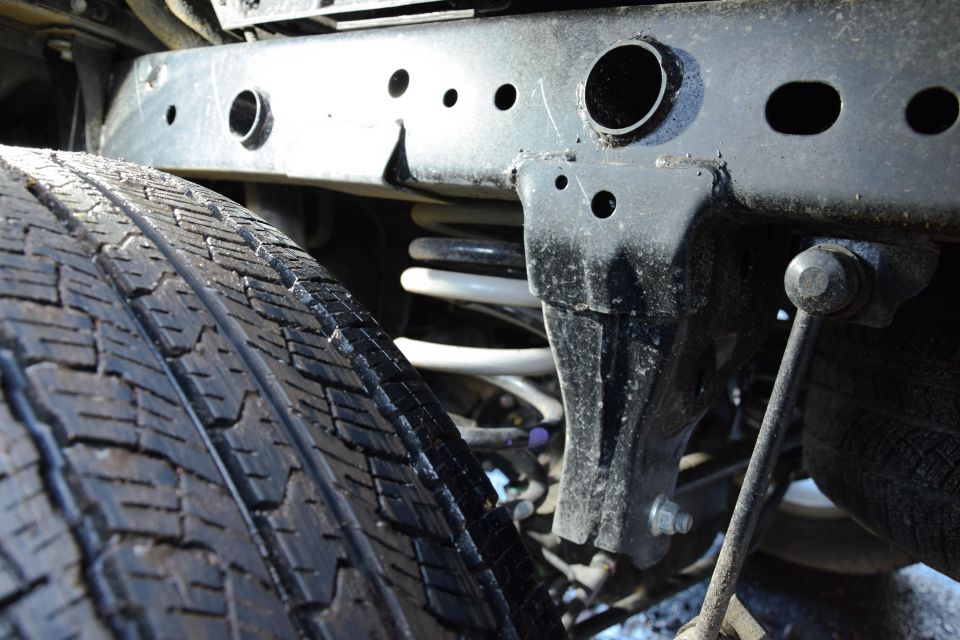
For even greater performance on slow off-road terrain, an aftermarket suspension system would amplify this along with a sway bar disconnect link for maximum wheel travel. This is not something so easily achieved with the common leaf-sprung rear end we see in most dual cab 4×4 utes, so it’s a huge plus for the Navara.
Secondly, the traction control is a little light on and really doesn’t bring a lot to off-road performance once traction is lost across diagonally-opposing tyres.
That said though, the factory-fitted diff lock switch is easy to access and engages quickly for 100 per cent locked torque application across the rear differential. This added traction far outweighs any traction control benefits and it’s a smart inclusion for the ST and ST-X.
Overall, the Nissan Navara performed as expected off-road given the generally accepted (and expected) limitations of an independent front suspension-equipped vehicle.
It didn’t feel super stable in extreme off-road situations, yet it was still capable and held its ground. The electronic safety additions such as hill descent and traction control aren’t standouts, but as mentioned above the inclusion of a rear diff lock, more of a preventative than reactive traction device, is the real winner here.
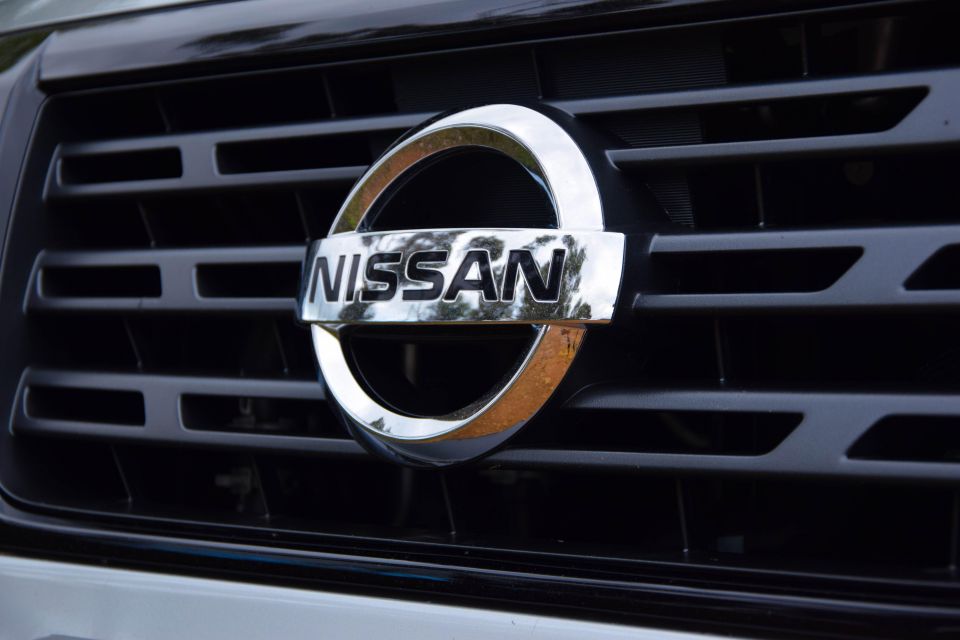
Old school 4×4 drivers and rev-heads love to talk about cubic inches, and dual-cab 4x4s have never had much to boast about under the bonnet.
On the surface the Navara’s 2.3-litre diesel engine sounds conservative but with the inclusion of two sequential turbos, controlled by two RPM-activated waste gates, we see (and feel) two almost contrary benefits – fuel savings and power.
Boasting 140kW of power and 450Nm of torque, along with some of the best fuel economy figures in its class, the sprightly twin-turbo 2.3 is a solid little performer. The combination of twin forced induction gives a smooth power delivery across the rev range and it’s a package that would be highly responsive to further tuning if you are so inclined.
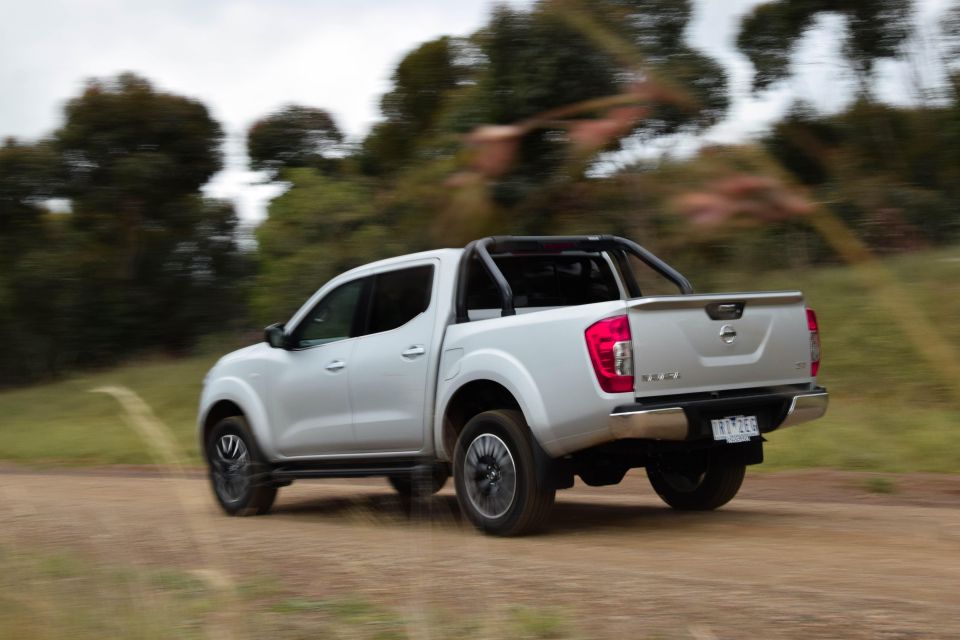
Drivability is key, and on- and off-road the feel through the throttle gives confidence – the vehicle does what it’s asked with ease. It’s no drag racer, but in its class it’s an economical and pleasant power source with a well-matched transmission.
Out back the ST we reviewed did not come with a tub liner and the-tie down points look a tad light on, but there’s a 12V power outlet which is an ideal inclusion for a multi-purpose work ute that may well end up with a mobile fridge in the rear or could be used for a portable air compressor for airing up the tyres after a fun day on the tracks.
With off-roaders in mind, the power point is a very positive inclusion. But it’s under the tray where the real important stuff happens, as mentioned, being the factory-fitted differential lock and the coil suspension.


The Nissan Navara, like many of its counterparts, gets plenty of love from the aftermarket majors with the likes of ARB, TJM, Opposite Lock and Ironman all offering an extensive list of accessories.
Bar work, suspension, roof racks and long-range tanks are just the starting point. If you wanted to go all out it wouldn’t be hard to spend in excess of $30,000 on aftermarket hop-ups.
You’d have one heck of a Navara and off-road toy, and whilst it’s not as uncommon as you think for 4×4 enthusiasts to go this far, unfortunately the resale value would never keep pace with the cost of the additions.
That said, the simple things, like adding suspension and tyres to what’s already a reasonable package, will provide cost-worthy gains in performance and handling.

The Navara ST doesn’t over-deliver, nor does it underperform.
Consumers are likely to overlook its well-assembled interior, but the rest of the vehicle seems to be a trade-off between a work horse and a modern SUV, that sees it coming across as a little mediocre in appeal and sales.
With that out there, it’s a shame that it’s not more valued for its coil-sprung rear end and economical powerplant.
It’s definitely a top contender and I’d like to see Nissan put a bit more marketing behind the coil rear end which, being far from a gimmick, is a decisive factor that sets the Nissan Navara apart from the rest of the pack.
Where expert car reviews meet expert car buying – CarExpert gives you trusted advice, personalised service and real savings on your next new car.


Max Davies
23 Days Ago


Josh Nevett
15 Days Ago


William Stopford
13 Days Ago
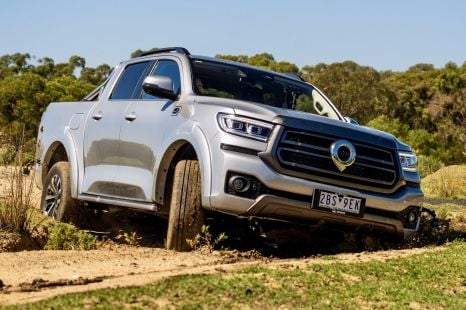

Max Davies
9 Days Ago


James Wong
7 Days Ago


Max Davies
7 Days Ago